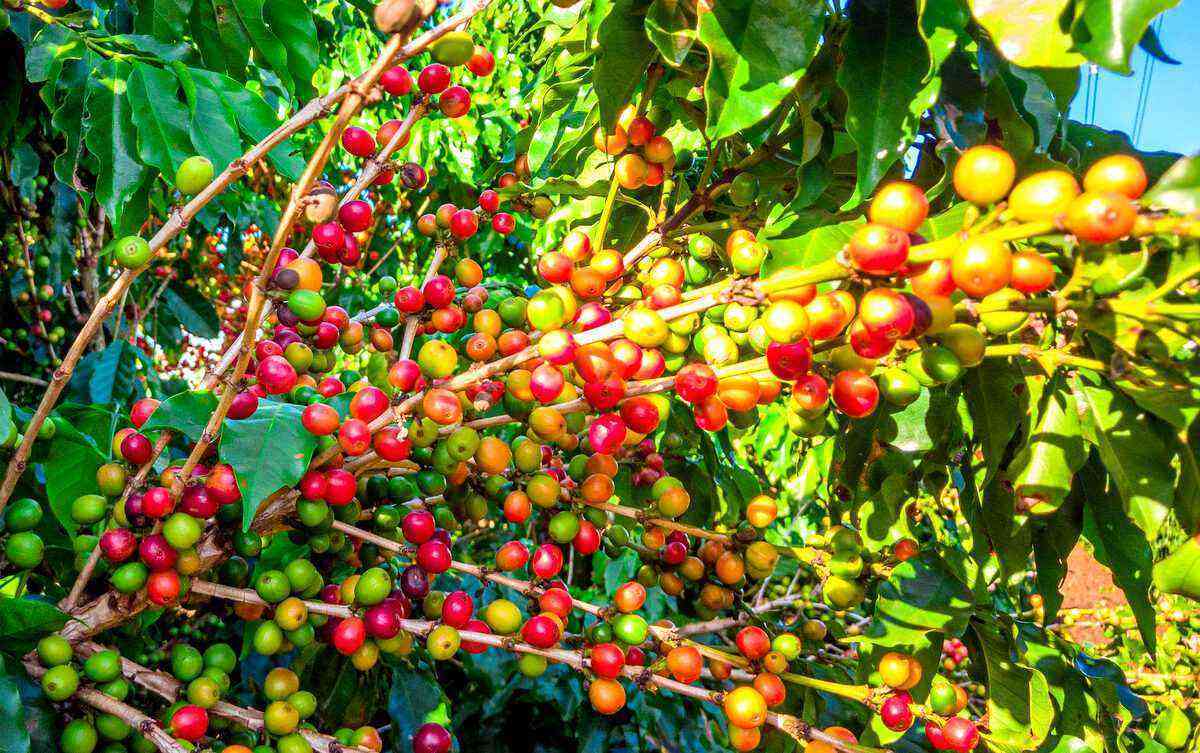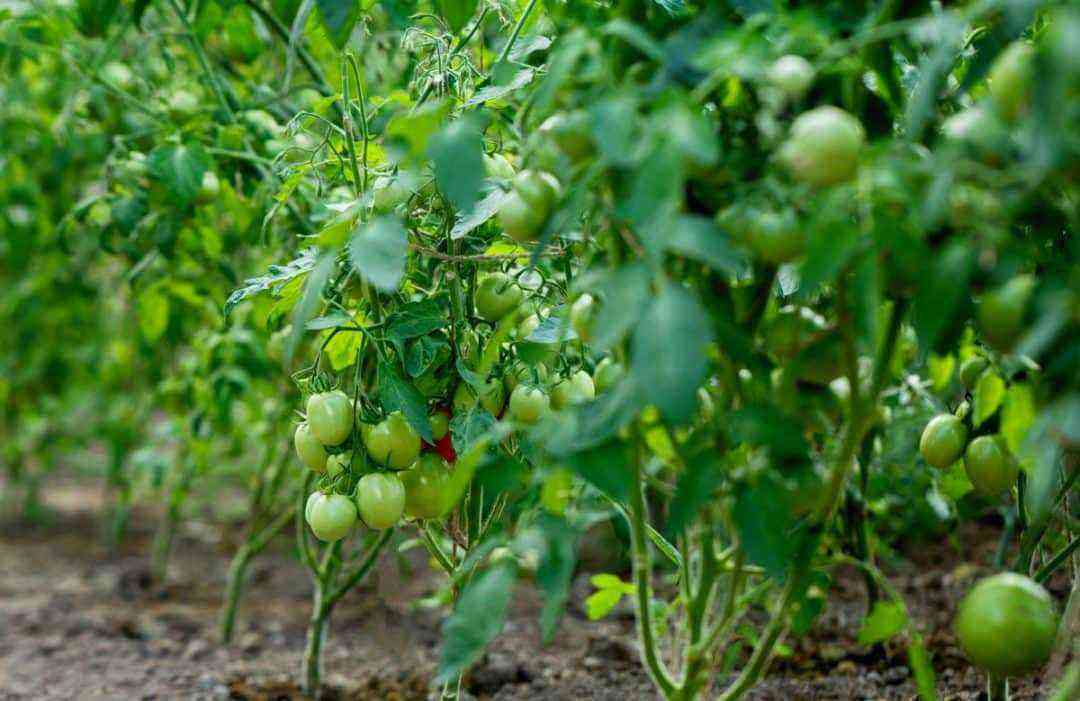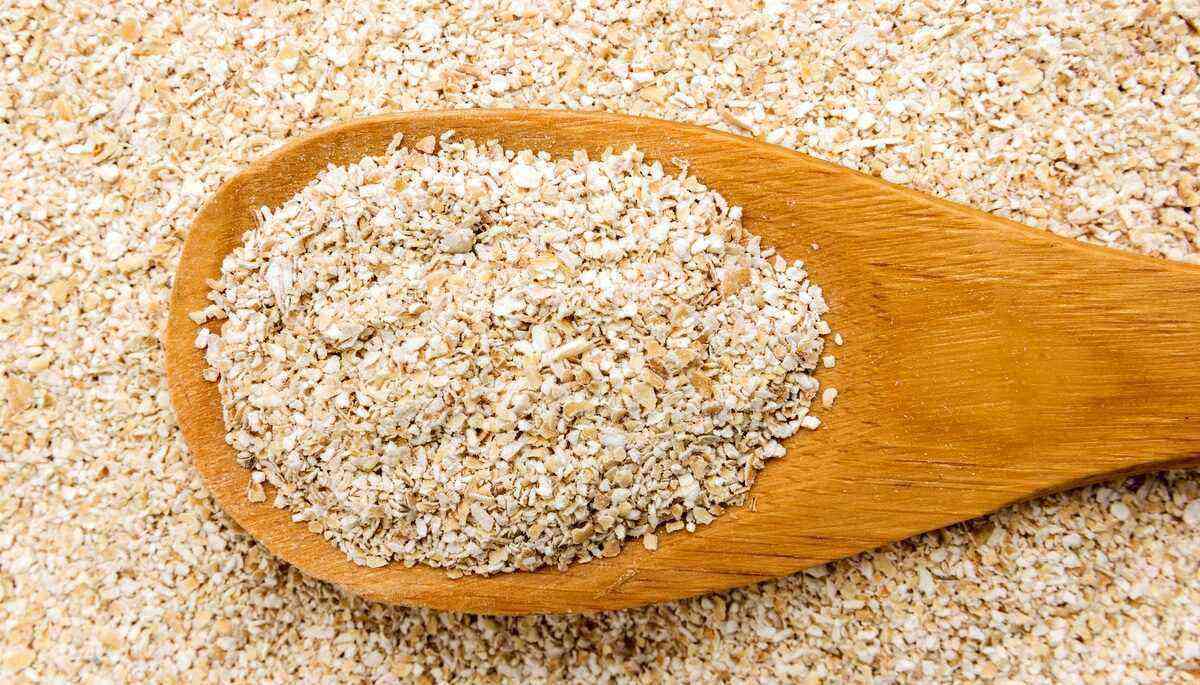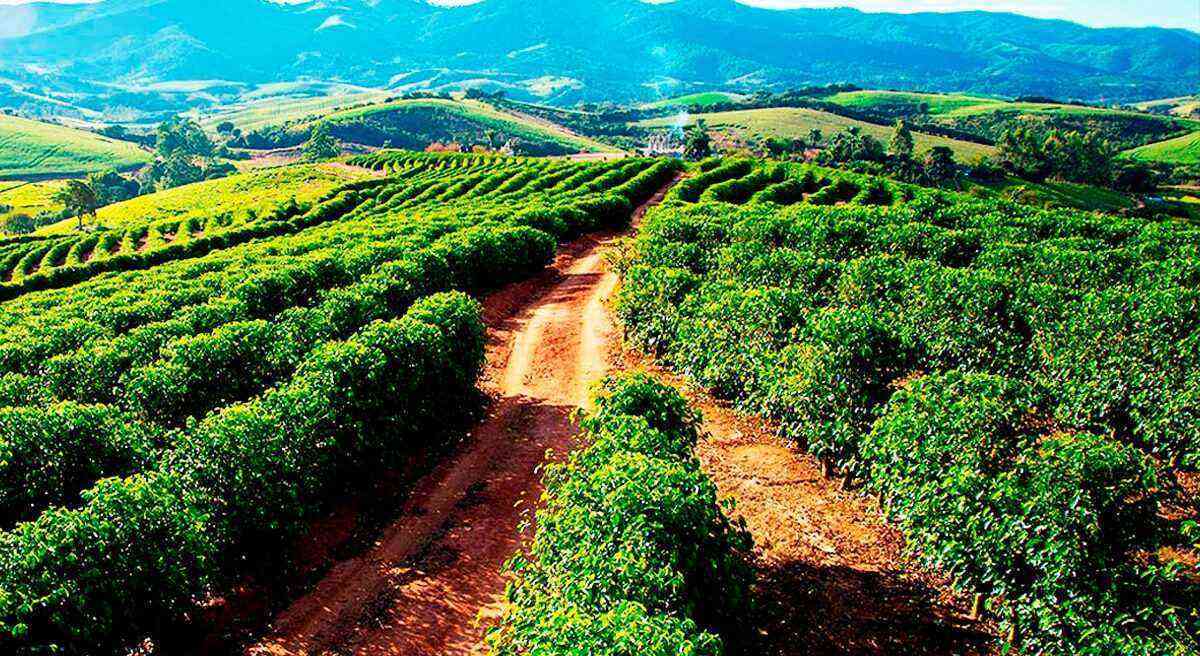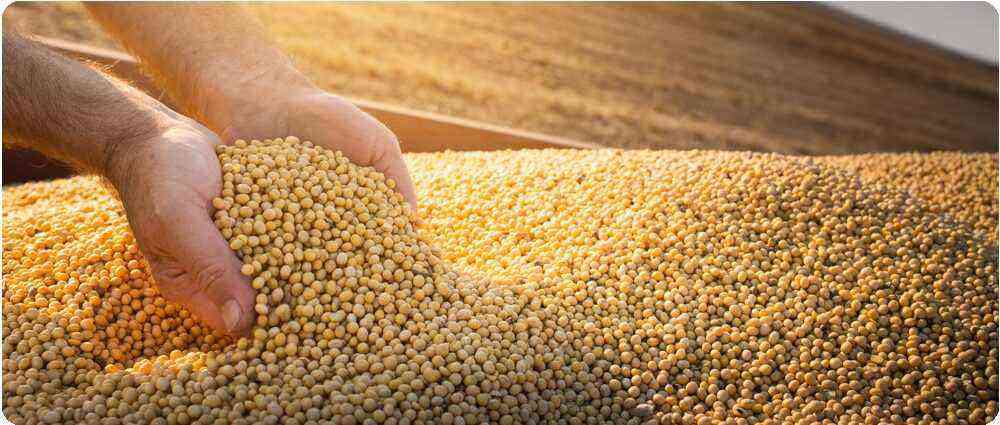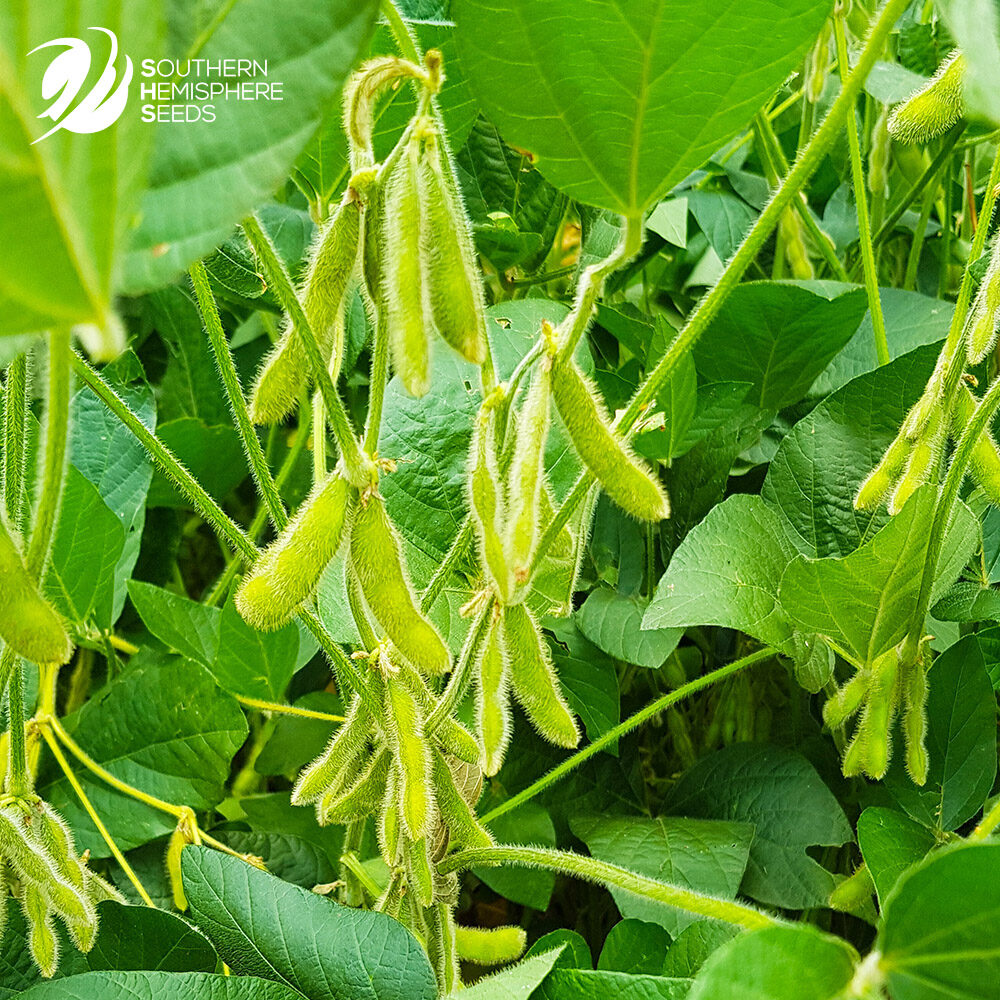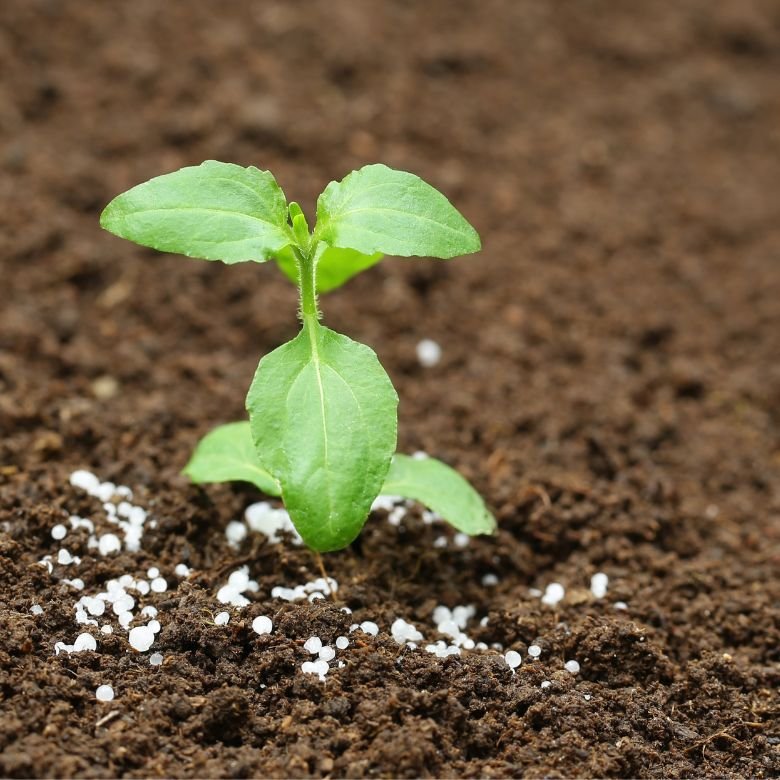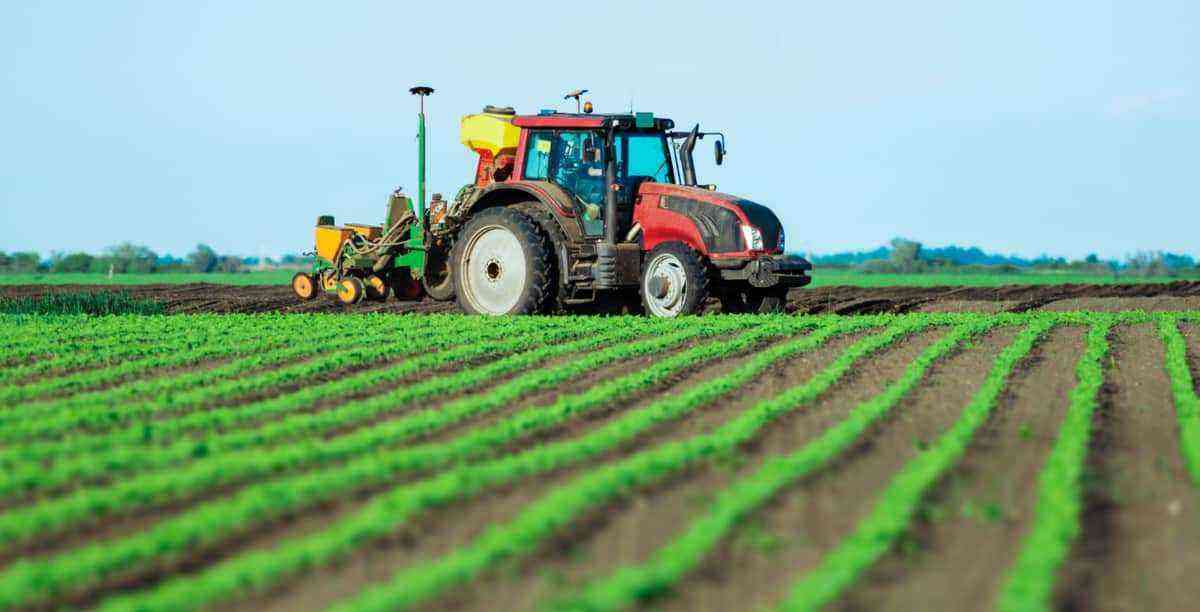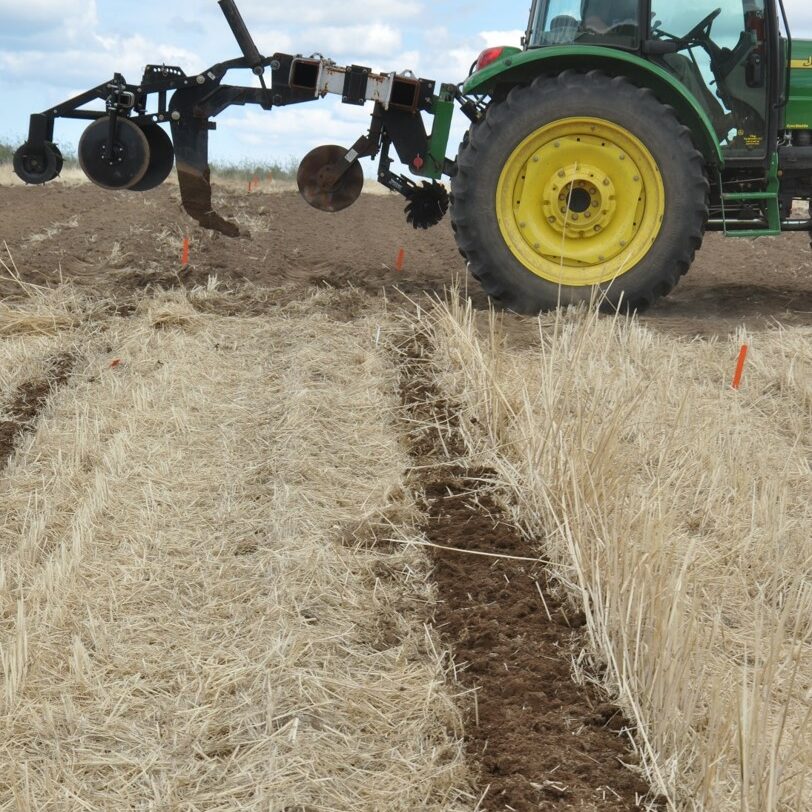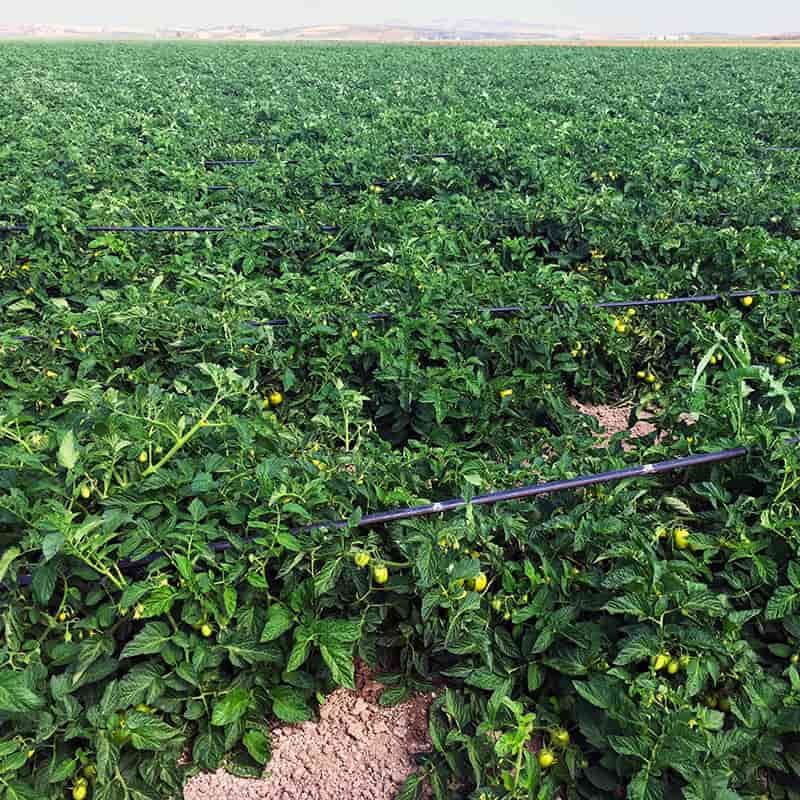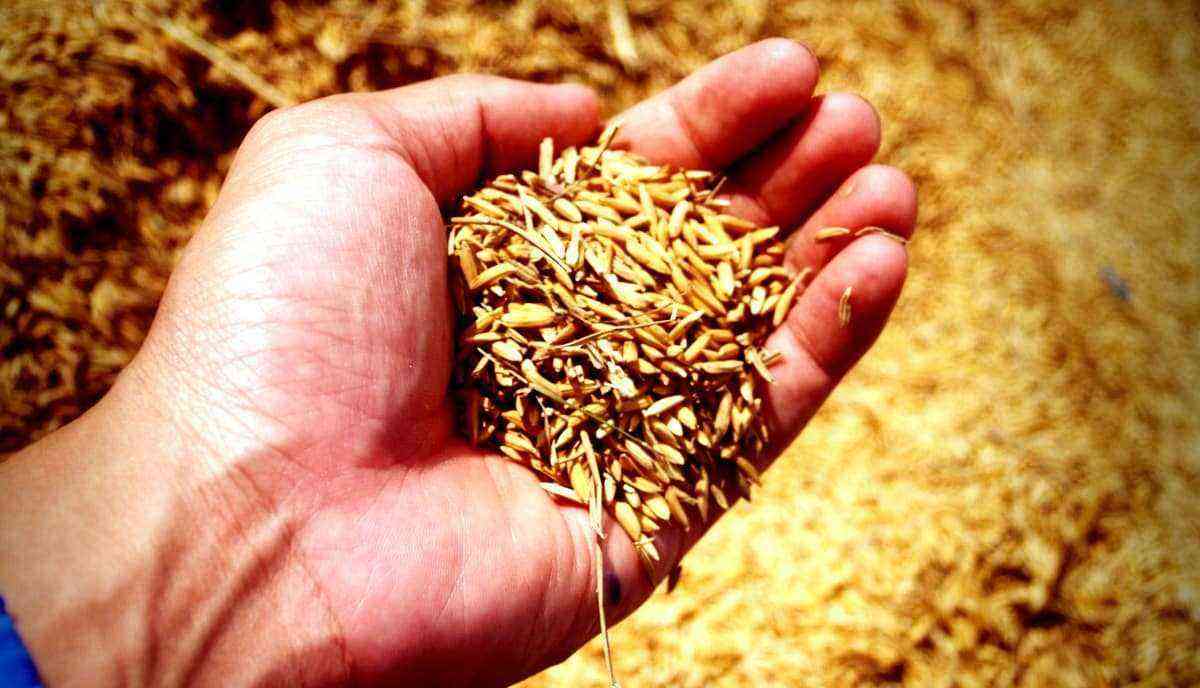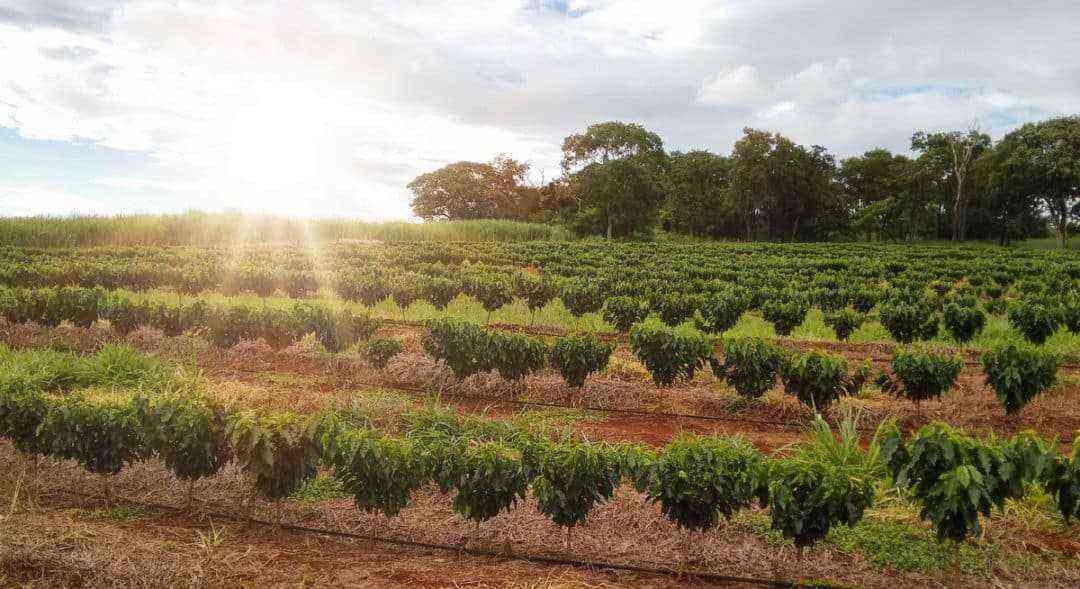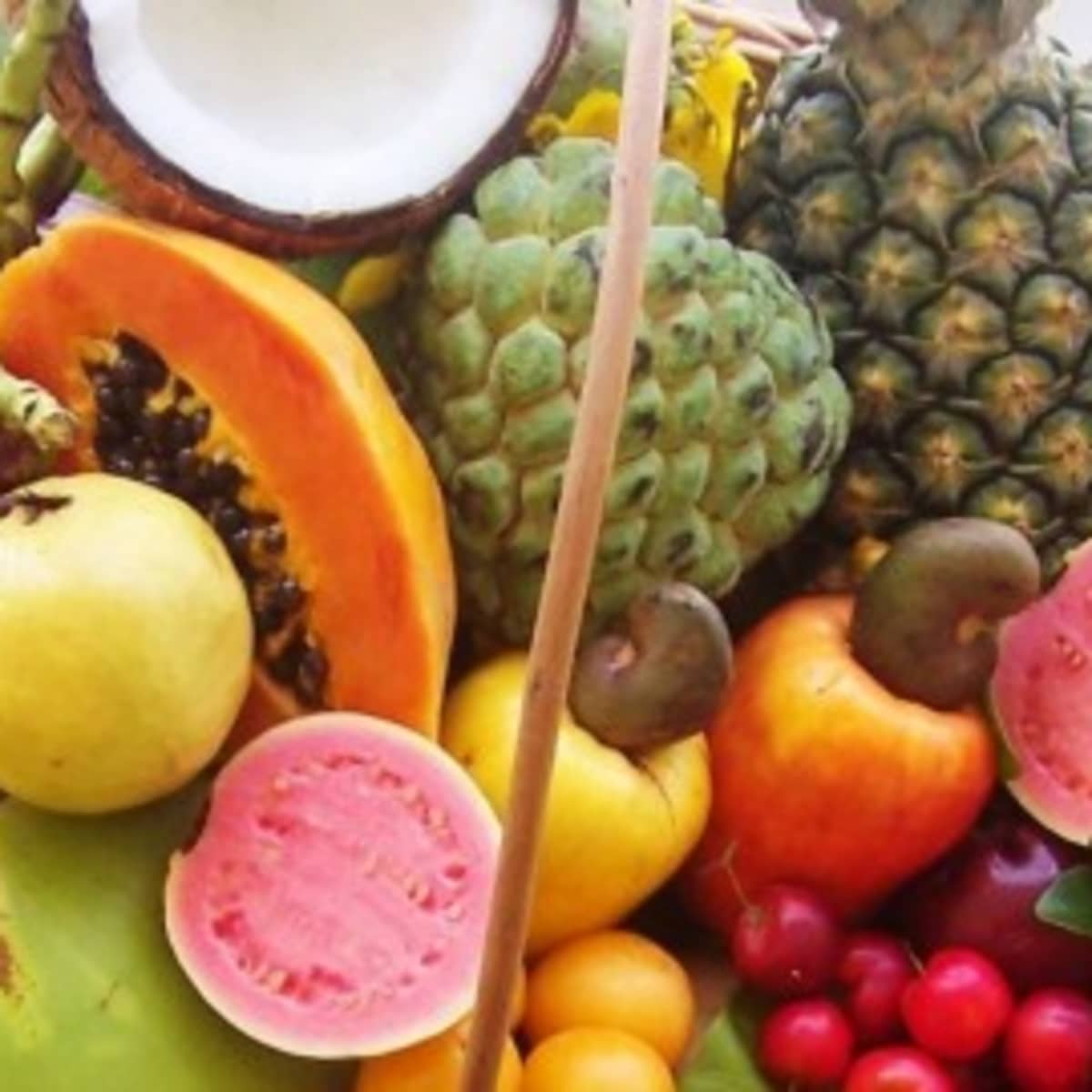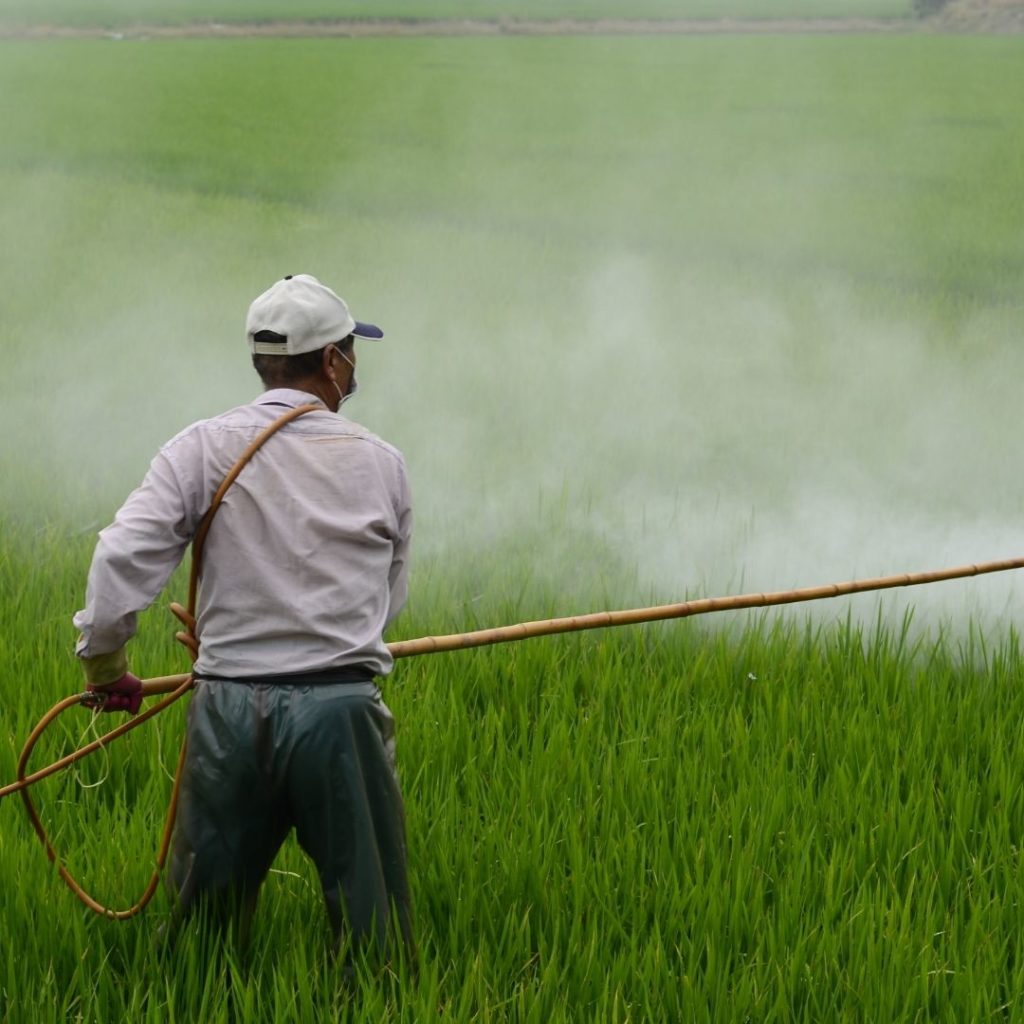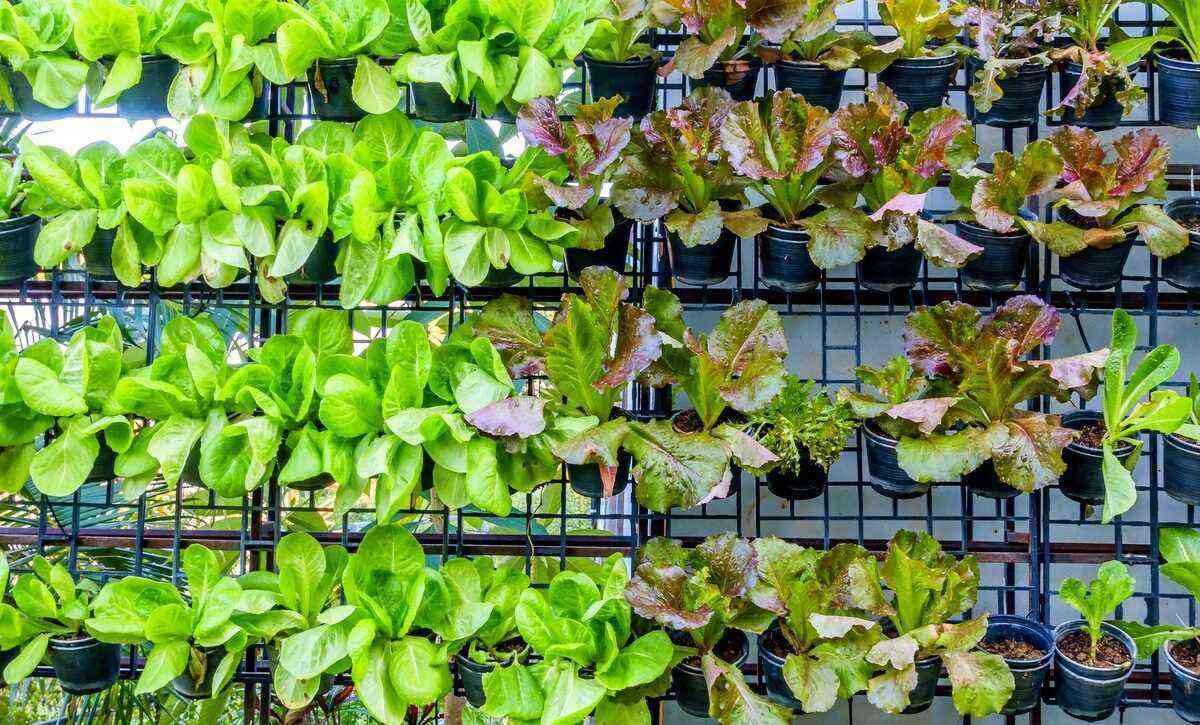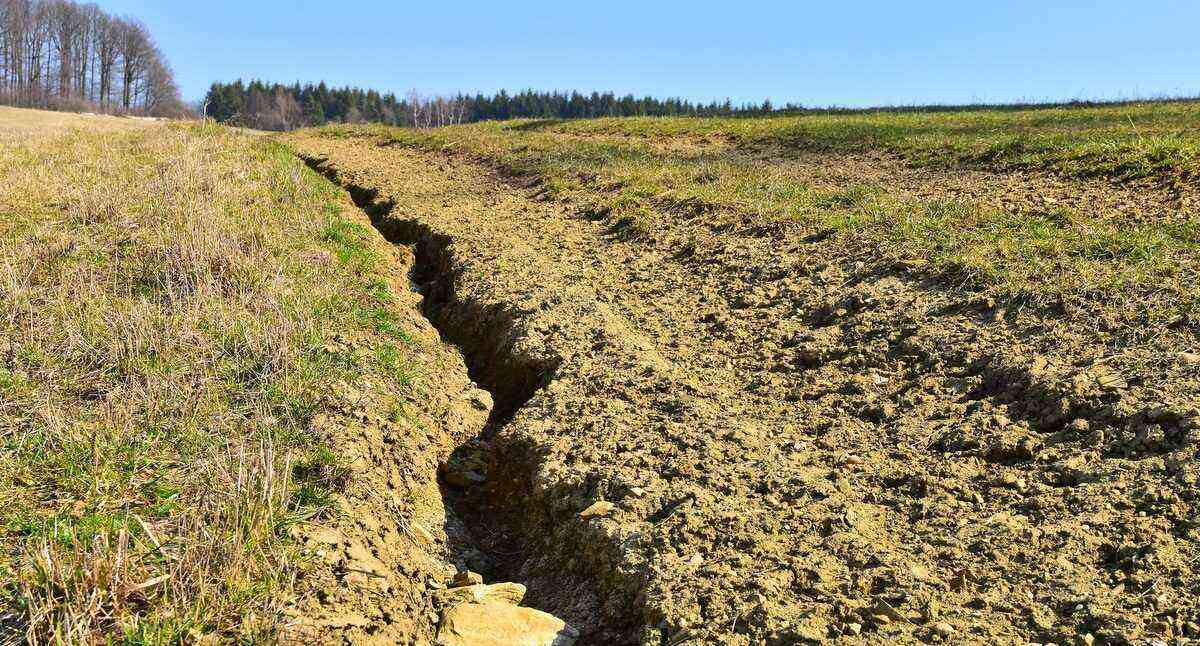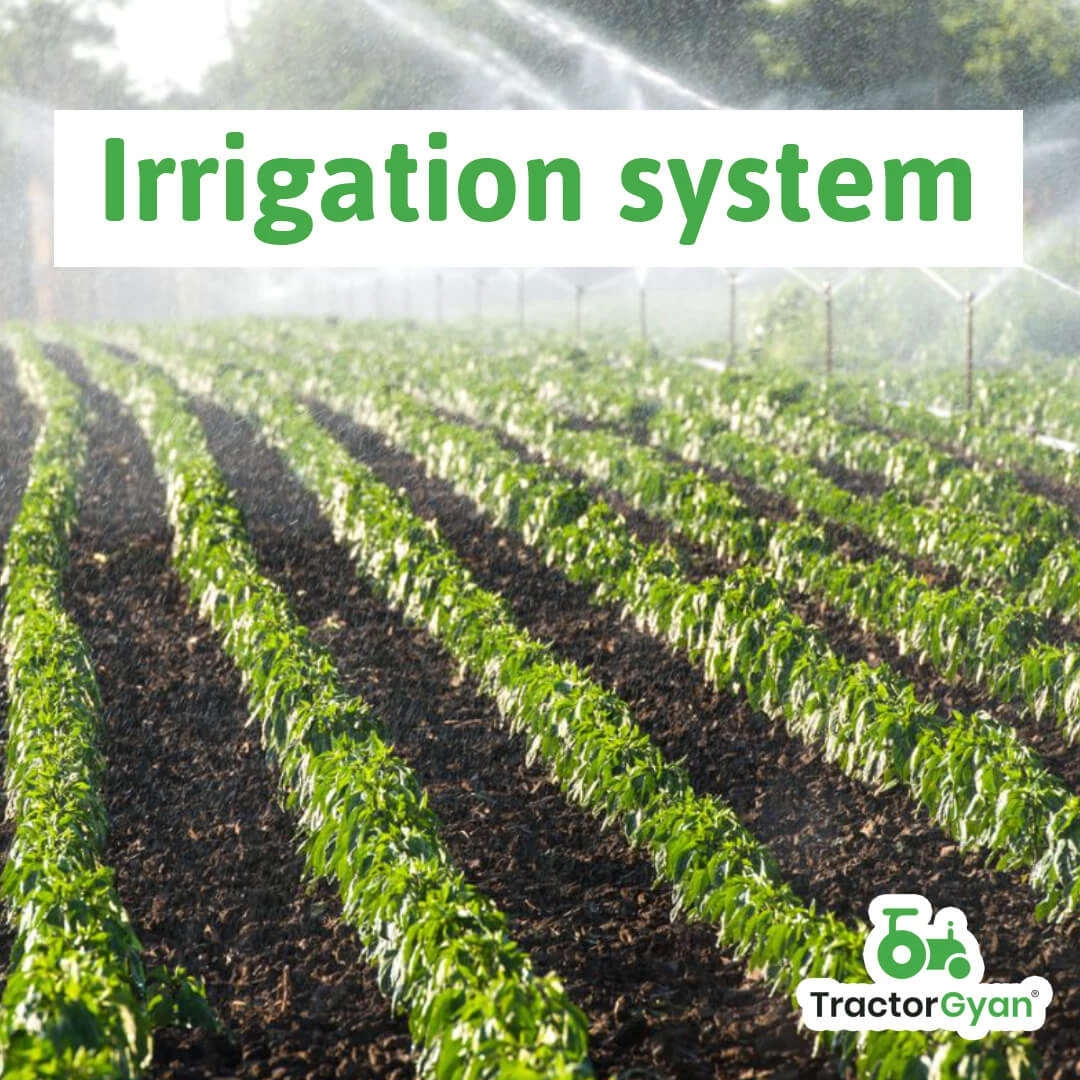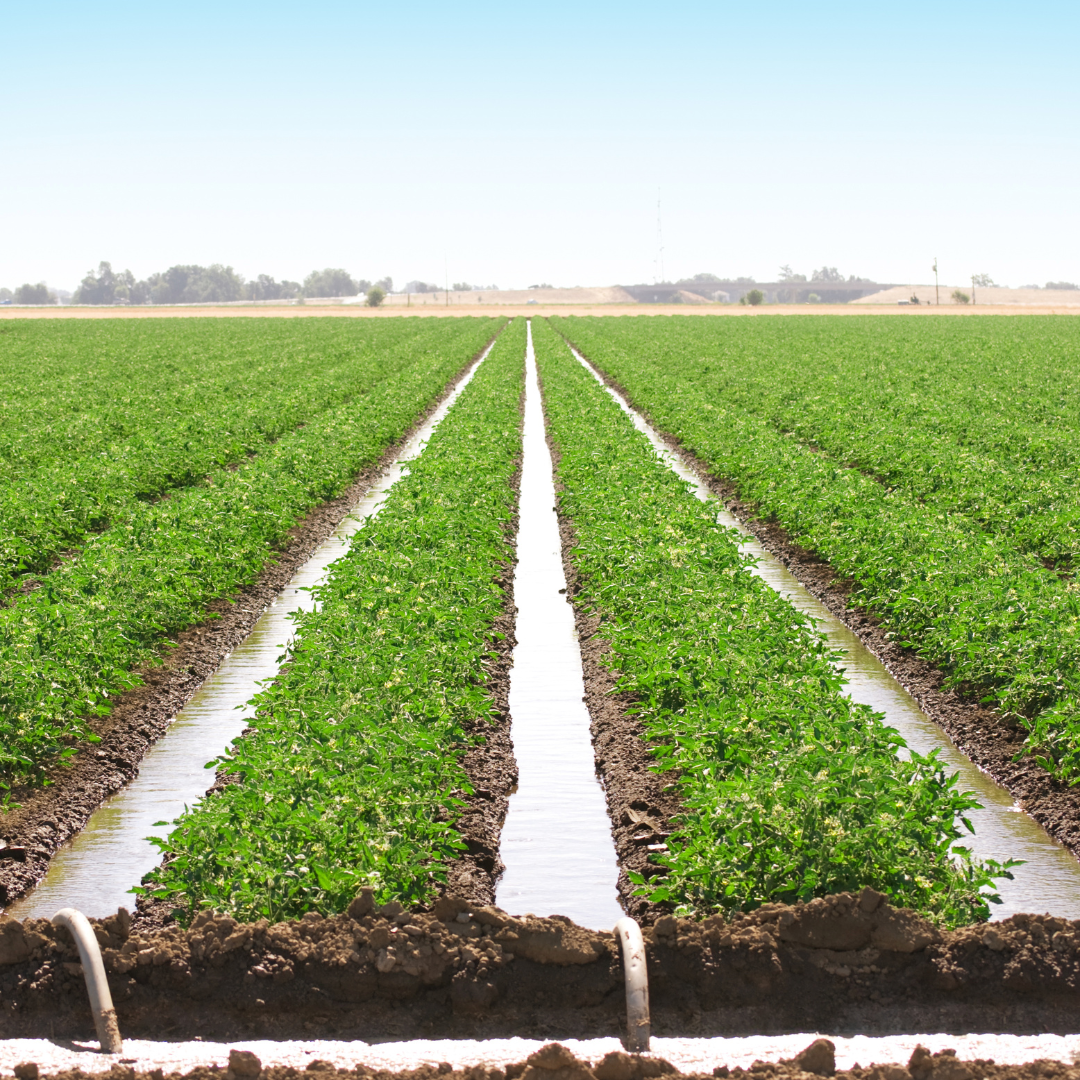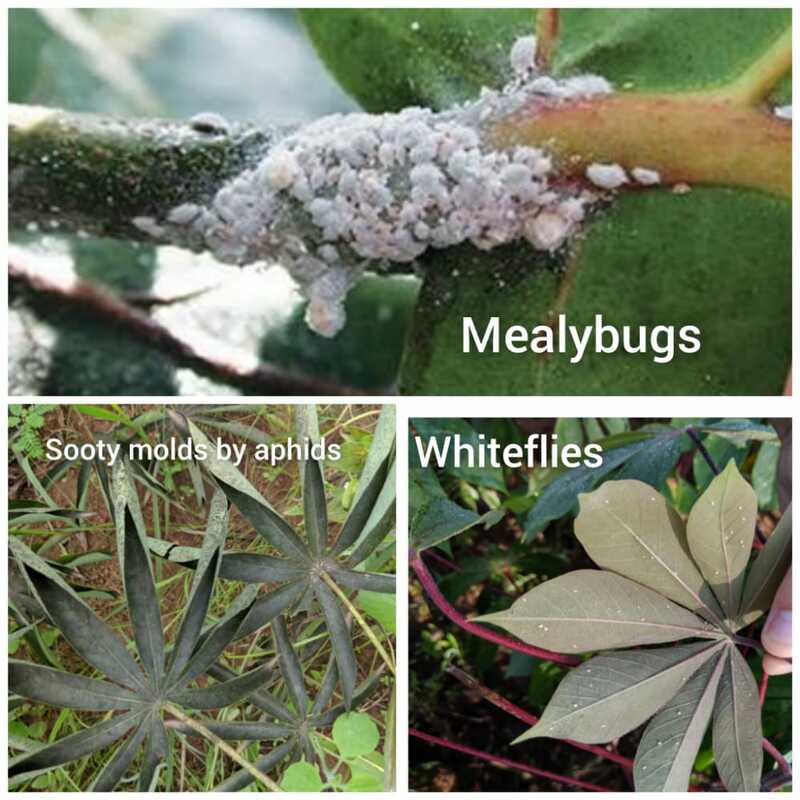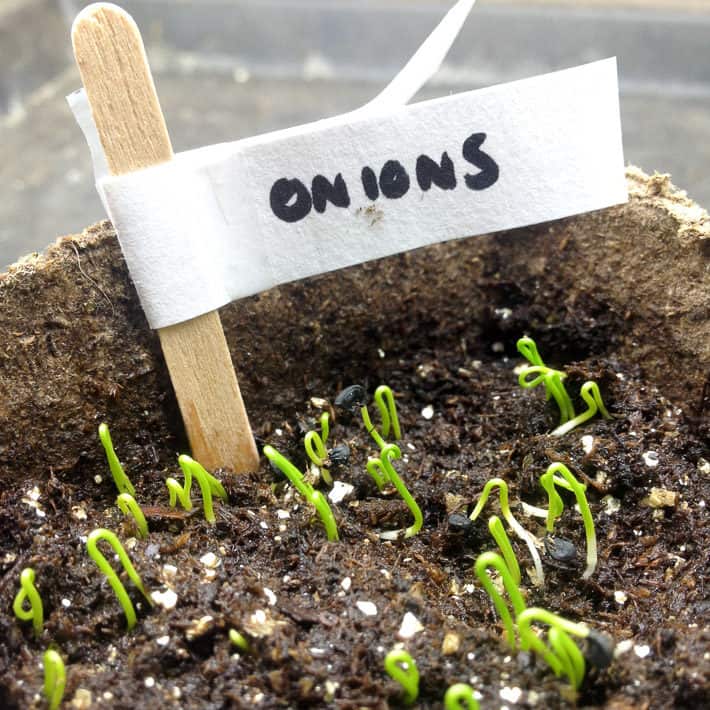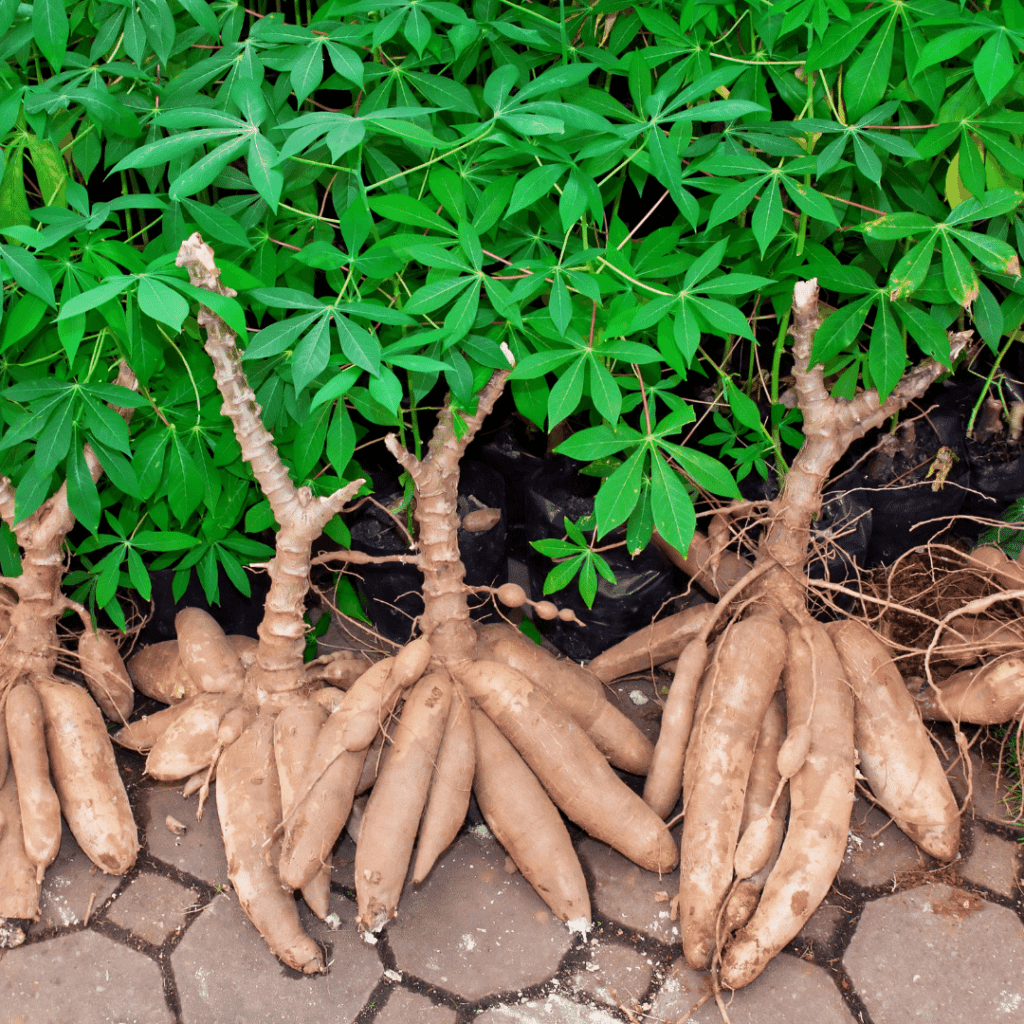Some coffee growers believe that applying urea directly to the plants will, in fact, have some effect. However, some issues need to be explained, in order to clarify this one that may be the doubt of many.
Understand what urea is and why it is essential for the correct fertilization of coffee, providing a better quality crop and a more refined final product.
Visit our page and see many offers of agricultural urea.
What is urea?
Urea is a fertilizer of mineral origin and synthesized, composed of 44% of N. The chemical formula of urea is as follows: CO(NH2)2
The composition of urea depends on the synthesis between liquid ammonia (NH3) and carbon dioxide (CO2).

Agricultural urea is a compound fertilizer with 44% nitrogen
However, the plant does not directly absorb urea, and it must be transformed into ammonium (NH4+) or nitrate (NO3). This transformation ensures the correct absorption of the substance by the coffee plant, guaranteeing the efficiency of the fertilizer.
However, some adverse situations can cause nitrogen losses, due to the volatilization of the substance. This volatilization can affect the efficiency of the substance by up to 40%.
By mixing urea with humic acids, however, it is possible to reduce the ammonia volatilization mentioned above.
soil properties
The Hydrogen Potential (pH) of the soil directly affects the behavior of substances. The more alkaline the soil pH, the greater the NH3 reaction. Therefore, the reaction arising from this composition tends to cause a cumulative effect, with regard to the two chemical reactions already mentioned.
The volatility of the mentioned combination of elements can reach up to 70% of nitrogen loss due to ammonia, depending on the soil. Therefore, it is extremely necessary to know the soil properties in depth before using urea.
The ideal soil for planting coffee cannot be less than 1 meter deep and must have good drainage. It is not possible to carry out cultivation in lowland areas, even if artificial systems are used.
temperature matters
The climate of the region is a determining factor for the effectiveness of urea: colder climates tend to hamper the properties of urea. On the other hand, warmer climates help the incorporation of the substance.
Coffees produced in Brazilian and Arabic regions, due to climate issues, tend to minimize volatility.
In places where the average annual temperature is between 18 °C and 22 °C, the cultivation of arabica coffee is better used, for example. This does not mean, however, that it cannot be grown in colder or warmer regions.
However, the chances of problems in productions increase.
soil moisture
This is a fundamental point to understand and optimize the use of urea in coffee plantations. It is important, yes, that the soil is moistened before using the substance. But even more important is the degree of soil moisture after urea application.

When fertilizing coffee or other plants with urea, it is important that the soil is moist.
This is because water is important for reducing the volatile effects of urea, facilitating its incorporation into soil properties.
Cation Exchange Capacity (CTC)
Soils that have high CEC levels are more favorable for the use of urea, as the volatility of ammonia is reduced. Clay soils, roughly speaking, are more susceptible to the use of urea than sandy soils, for example.
Are you a coffee grower? If you need quality coffee seedlings, go to our website and look for a supplier.


